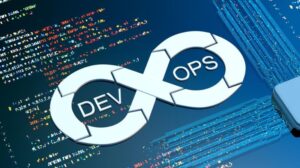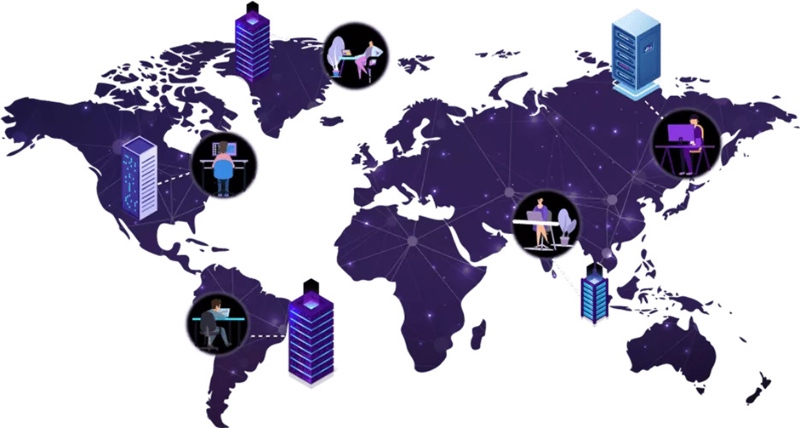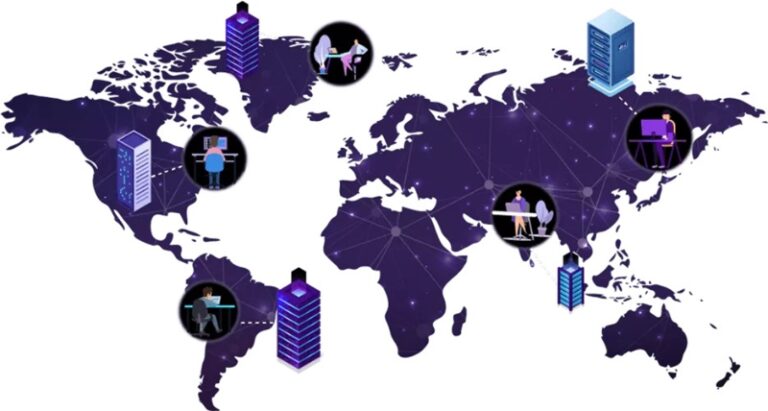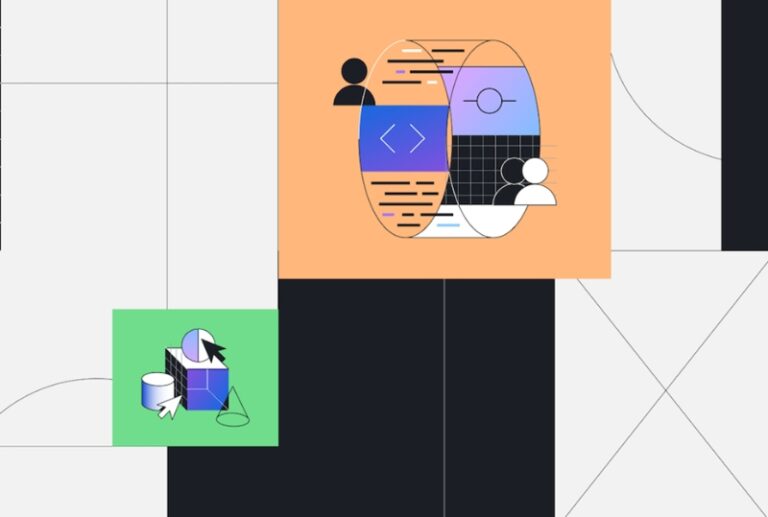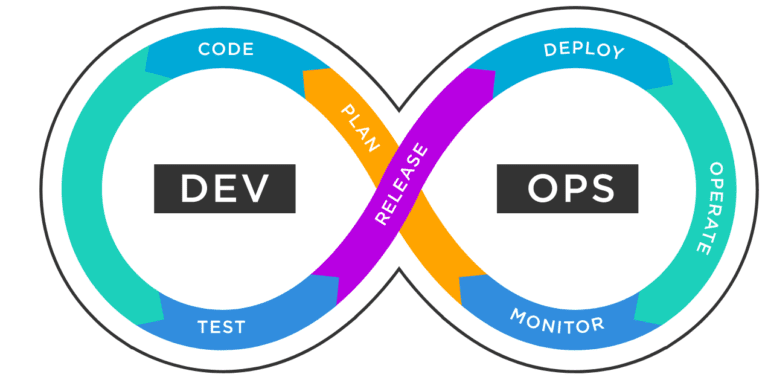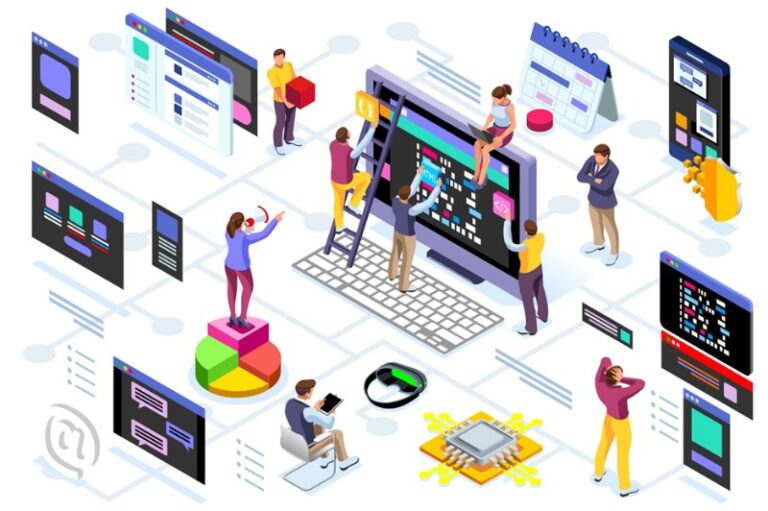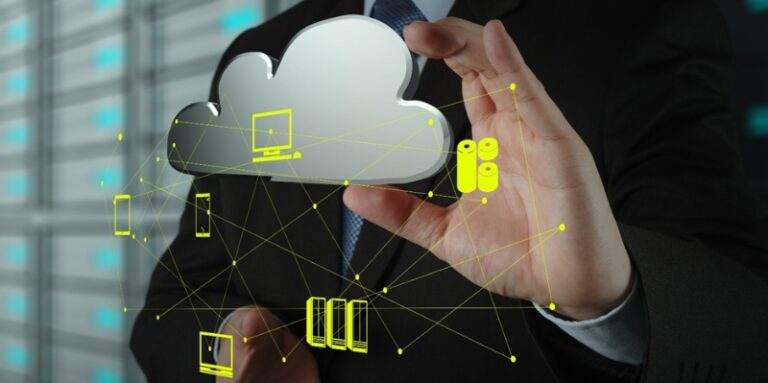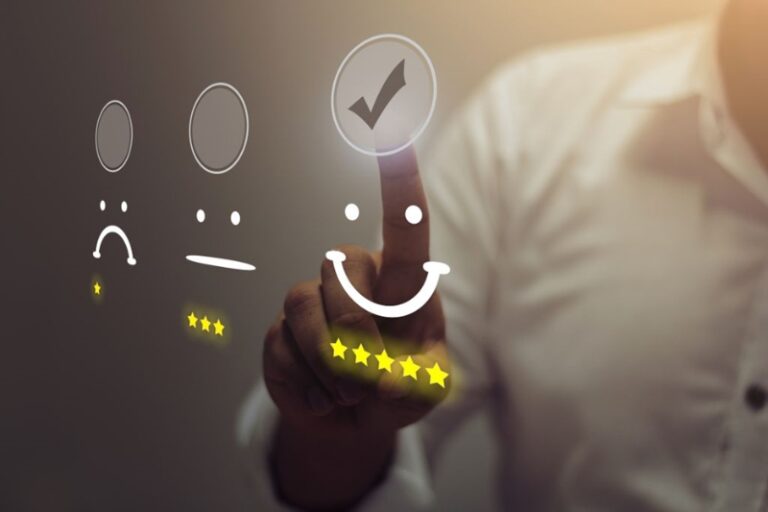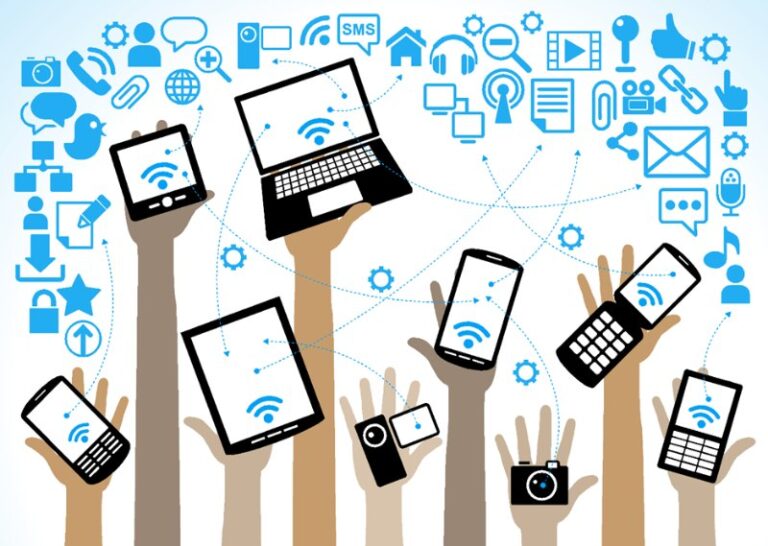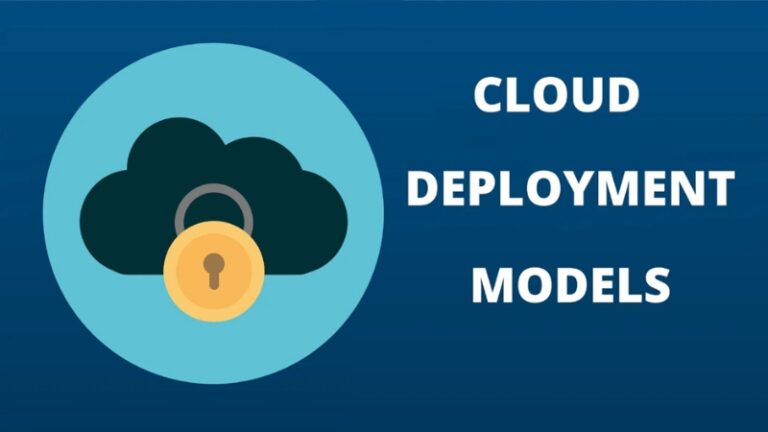Quick Guide: Why are Cloud Servers Better for Gaming?
Streaming games rather than installing them on your computer leads the gaming industry. Cloud gaming, also known as gaming-as-a-service or gaming on demand, is a technique for playing online video games in remote data centers.
This article will discuss why cloud servers are better than traditional gaming platforms.

What is Cloud Gaming?#
When a new game is released, game developers provide a list of hardware requirements known as 'minimum system requirements and 'recommended system requirements.' The game requires hardware at least as capable as the minimal requirements to operate successfully. Most new graphics-intensive games require a lot of RAM and graphical power from your device.
Cloud gaming services allow you to play your favorite games on any device with an internet connection and a display. With the most incredible cloud gaming services on your side, your low-end gear will never be a roadblock in your gaming experience.
How does Cloud Gaming function?#
Cloud gaming is less impressive than it sounds. CDs and DVDs were the only means to watch a movie back then because the internet was not powerful enough to handle a movie stream. You may now view any film from the streaming service's servers, located thousands of kilometers from your house.
Cloud gaming services do the same function but with your favorite games! Instead of executing the game on your hardware, cloud gaming providers run it on their servers, outfitted with cutting-edge graphics memory (Laghari et al., 2019). They instantly broadcast every frame to your device. The end-user experience is comparable to traditional gaming if you have a solid internet connection.

What distinguishes Cloud Gaming Services from Game Servers?#
A widespread misunderstanding is that Cloud Gaming Services and Game Servers are synonymous. While there are some parallels between the two, they are essentially highly distinct. Game Servers are a service used by game developers to manage members on their platform. All online multiplayer games require game servers to receive and reply to user replies.
On the other hand, Cloud Gaming Services is a consumer-centric solution that allows you to stream any game of your choosing. After paying their subscription costs, cloud gaming providers often offer a variety of games from various genres you may play.
Why is Cloud Gaming Important?#
Cloud gaming provides several advantages for gamers, developers, and publishers. We can eliminate the upfront expenditures of obtaining and maintaining a powerful gaming console or PC with cloud gaming. Instead, you may stream, manage, and access a powerful virtual gaming PC for a nominal monthly membership cost. Furthermore, because all data is kept in the cloud, you may access games and saved data from anywhere.
Cloud gaming is a significant victory for developers and publishers since it eliminates the need for DRM and the possibility of piracy because consumers do not download the games.
Cloud gaming guarantees that all players have equal access to hardware and performance. It may be highly beneficial for online and competitive gaming, as well as helping publishers minimize development expenses.

Cloud Gaming Service Providers#
There are a few suppliers who have recently been riding the wave.
GeForce NOW#
Nvidia® first unveiled GeForce NOW in 2015. It is now one of the most popular options, with over 500 games available for immediate play and over 14 million users.
Stadia™#
StadiaTM is Google's interpretation of the Cloud gaming phenomena. It is available in various forms, including Chromecast UltraTM and AndroidTM TV devices and compatible Android phones with the StadiaTM mobile app.
PlayStation™#
PlayStationTM Now, Sony's Cloud gaming platform, has new and old games functionality that allows you to play games dating back to the PS2. With Cloud gaming services for PS2TM, PS3TM, and PS4TM games, as well as download choices for PS2 and PS4 titles, it has acquired 3.2 million customers.
Xbox® Cloud Gaming#
You can play Xbox Cloud Gaming on various platforms, including smartphones. Its library has over 270 games, with backward compatibility with the prior Xbox® library. With an astounding 25 million users, Xbox® Game Pass is the economic model to mimic for many businesses out there.
Conclusion#
Cloud gaming is flourishing, and it's just getting better by the day. It transfers your favorite game from the server to a robust, industrial-strength machine within a secure data center. Cloud gaming allows you to play the most recent games on practically any device with a good internet connection.
However, there are still many obstacles to overcome before cloud-based games are fully accessible; we are on the verge of something significant. The deployment of 5G technology will boost the power of cloud gaming.
**
